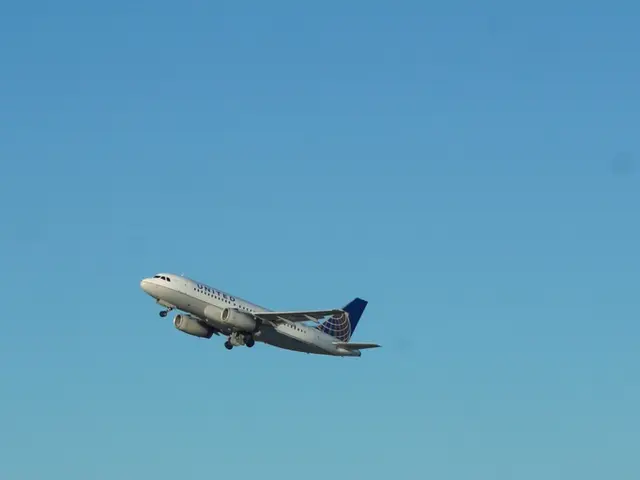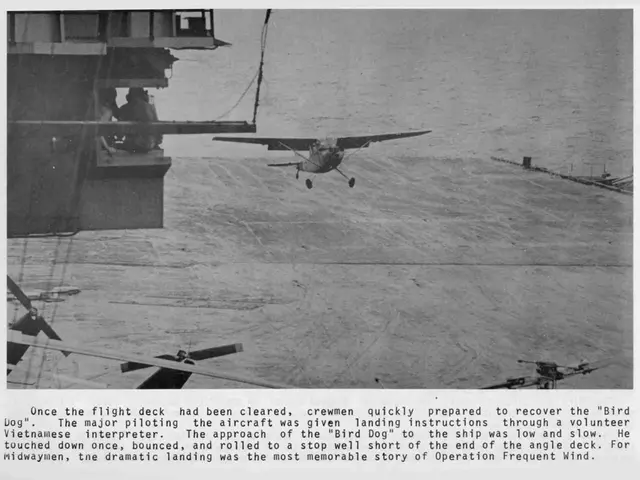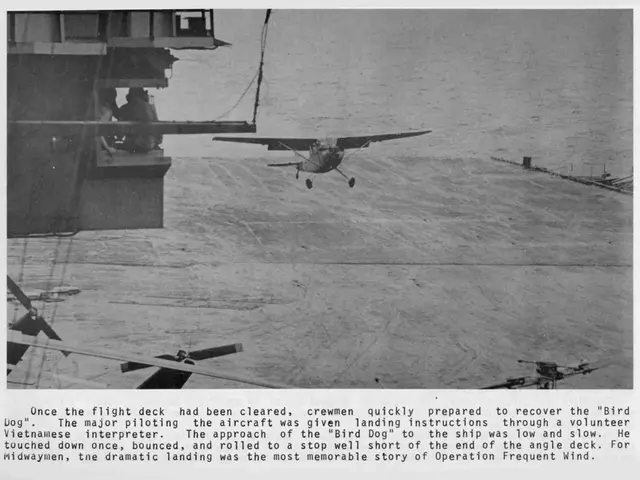Lufthansa aircraft operates for ten unpiloted minutes.
Chatting in Style Facebook Twitter WhatsApp Email Print Copy Link
A hair-raising episode unfolded on a Lufthansa flight from Frankfurt to Seville in February 2024. The captain took a bathroom break - and the co-pilot collapsed. For several minutes, the crew struggled to gain entry to the cockpit.
Due to a medical emergency in the cockpit, a terrifying situation arose on a Lufthansa flight. The plane was on its way to Seville when the co-pilot collapsed, causing a panic as no other pilot was present in the cockpit. In consequence, the autopilot guided the aircraft for roughly ten minutes without human intervention. The airplane finally managed to land safely in an emergency landing in Madrid. There were 199 passengers and six crew members aboard.
The incident took place in February 2024. The Airbus A321 was already over Spain after takeoff from Frankfurt when the captain of the aircraft left the cockpit at 10:31 a.m. for a bathroom break. According to the captain's statement, the co-pilot seemed fit and attentive at that time. However, this changed 36 seconds after the captain departed. The sound recorder picked up "suspicious noises." The co-pilot reportedly suffered a seizure and collapsed, the report stated.
Woes Onboard
Due to his collapse, the first officer inadvertently activated several switches. There were also actions on the right pedal, which triggered an alarm. Miraculously, the autopilot and auto-thrust managed to keep the aircraft on course.
Five Failed Attempts to Enter Cockpit
Approximately eight minutes after leaving the cockpit, the captain made the first attempt to re-enter. The security door is safeguarded by a code. After entering the correct code, an audible signal rings in the cockpit, and the pilots present must then unlock the door using a switch. The captain of the Lufthansa flight entered the code a total of five times, the report states. Despite his tireless efforts, the door remained closed. A flight attendant then attempted to contact the cockpit via intercom.
When this too failed, the captain punched in the emergency code into the security door system. Just before the door would automatically unlock, the co-pilot regained consciousness and opened the door manually. The crew quickly realized that the co-pilot was unwell, as he was perspiring heavily and displayed erratic movements. Therefore, the captain decided to make an emergency landing in Madrid. A fellow passenger swiftly provided first aid before the co-pilot was transported to a hospital in Madrid.
Health Issue Uncovered
Investigations revealed that it was a seizure-like attack, the final report states further. This symptom was the result of an undetected neurological disease that had gone unnoticed by the affected individual as well as during the flight medical examinations. The response of the crew was praised by the authorities as professional and effective.
Calling for Change
The incident led to suggestions being made to the European air safety agency EASA, requesting an appraisal of the existing crew complement rules for the cockpit. The proposals suggest that at least two people should be present in the cockpit at all times to ensure safety.
After the crash of the Germanwings aircraft in the French Alps in March 2015, EASA had already made a similar recommendation. However, this recommendation was revised in 2016, with airlines being asked to assess the risk situation themselves and adjust their procedures accordingly.
Sources: ntv.de, spl
- Airplane
- Lufthansa
- Pilots
[1] Enrichment Data:
Current Rules for the Cockpit Crew
Although most commercial flights, including those operated by Lufthansa, usually have a standard crew of two pilots (captain and first officer), there are guidelines for the presence of additional authorized personnel on the flight deck when one of the pilots leaves for various reasons. In the past, Lufthansa had a procedure requiring a cabin crew member to remain on the flight deck if one of the pilots was absent. However, this policy was revised after the airline determined it did not significantly enhance safety.
Required Changes
The recent incident involving the Lufthansa flight in 2024, where the first officer became incapacitated and the captain was out of the cockpit for about ten minutes, has highlighted potential shortcomings in the current safety protocols. As a result, investigators are emphasizing the importance of having another authorized person on the flight deck when one of the two pilots is absent.
The incident prompted safety recommendations being issued to the European Union Aviation Safety Agency (EASA), urging airlines to reassess the associated risks of having a single pilot in the cockpit. Proposals are being put forward for potential modifications to enhance safety, such as ensuring the availability of additional qualified personnel to monitor the cockpit situation when one pilot is absent.
Although no specific changes to the crew complement rules have been implemented, there is a focus on reinforcing the importance of having a system in place to quickly identify and respond to emergencies like pilot incapacitation. Future discussions are likely to focus on refining procedures, possibly reintroducing or modifying the requirement for a cabin crew member to be present, or implementing new technologies to boost monitoring and response capabilities.
- In light of the Lufthansa flight incident, the current community policy regarding the presence of additional personnel in the cockpit is under scrutiny, with proposals being made to the European air safety agency EASA, suggesting that at least two authorized individuals should be present in the cockpit at all times to ensure the safety of air transport.
- The finance and transportation sectors, including the aviation industry, are examining the implications of the incident on the air transport industry, particularly in terms of the impact on the safety regulations and procedures related to the crew complement rules for the cockpit.








